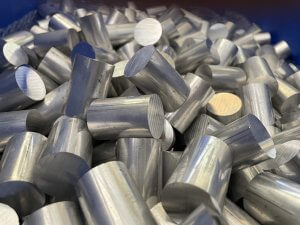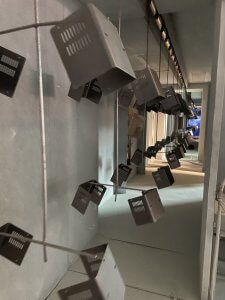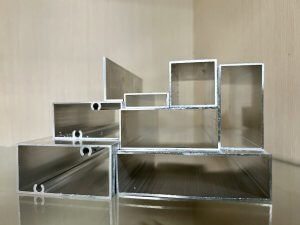【Greenhouse aluminum profiles】How to Construct? Customized Styles and Sizes!
In the past, greenhouses were mostly built with steel or wood, but these traditional materials often came with many problems. Steel is prone to rust, while wood absorbs moisture and rots easily, resulting in high long-term maintenance costs that frustrated many farmers. With the advancement of agricultural technology and the rise of smart farming, 【greenhouse aluminum profiles】have gradually gained market attention.
Aluminum profiles, with their lightweight, durability, corrosion resistance, and high level of customization, are increasingly replacing traditional materials, becoming the best choice for modern greenhouse structures. For small-scale farmers, they reduce maintenance and replacement costs. For large-scale farms, they provide solid support for automation equipment, making greenhouses more intelligent and professional.
By analyzing each stage of development, clients can not only understand the advantages of aluminum but also learn how to choose the right greenhouse structure while mastering construction and customization techniques.
Characteristics of greenhouse aluminum profiles
The reason 【greenhouse aluminum profiles】 can replace traditional steel and wood lies in their unique characteristics. Let’s break them down:
-
Lightweight yet Strong
The density of aluminum is about one-third that of steel. It is lightweight yet provides sufficient structural strength. For greenhouses, lightweight materials reduce construction difficulty, lower labor costs, and make maintenance more convenient. For example, when farmers replace greenhouse films or clean the roof, aluminum’s lightweight structure allows them to complete tasks quickly, saving manpower and time.
-
High Corrosion Resistance
Taiwan is surrounded by the ocean, with high humidity and salt levels. Traditional steel structures often corrode severely within a few years, causing greenhouses to loosen or even collapse. Aluminum, with its natural oxide layer and anodizing treatment, can effectively resist acid rain, sea breeze, and humid conditions-making it particularly suitable for coastal agricultural use.
-
Flexibility and Customization
Aluminum has excellent ductility and can be manufactured into different cross-sectional shapes: square tubes, round pipes, channels, or even complex designs-perfectly adapting to various agricultural needs. For example:
- Flower cultivation requiring tall greenhouses: use large-span aluminum profiles.
- Vegetable hydroponics requiring good ventilation : design aluminum structures with operable windows.
- Fruit tree greenhouses requiring wind and pressure resistance : adopt reinforced aluminum frames.
-
Aesthetic and Modern Appeal
Many agricultural parks in Taiwan have transformed into 《agritourism》 attractions, which require not only functionality but also aesthetics. Treated aluminum surfaces have a natural luster, and when combined with glass or polycarbonate panels, they give greenhouses a modern appearance while enhancing a professional image.
-
Eco-Friendly and Recyclable
Aluminum is a highly recyclable material that can be remelted and reused, in line with Taiwan’s sustainable development policies. For farmers, aluminum profiles are not only durable but also environmentally responsible.
With its five major features—lightweight, corrosion resistance, customization, aesthetics, and eco-friendliness—【greenhouse aluminum profiles】 have become the most suitable construction material for agriculture in Taiwan.
Processing and Construction Methods of greenhouse aluminum profiles
To maximize the benefits of aluminum, it must undergo complete processing and correct installation.
-
Processing Steps
- Extrusion Forming:Aluminum billets are extruded through molds at high temperatures to create the required cross-sectional shapes—this is the『aluminum extrusion』 process.
- Heat Treatment Hardening:After extrusion, artificial aging treatment improves hardness, ensuring structural stability.
- Surface Treatment:Anodizing enhances corrosion resistance, while powder coating offers diverse color options and improved aesthetics.
-
Construction Methods
- Foundation Setup:Establish solid foundations and columns to ensure overall stability.
- Frame Assembly:Aluminum profiles are assembled with bolts and specialized connectors, making construction fast and dismantling easy.
- Covering Installation:Common materials include glass, polycarbonate panels, and PE films. Aluminum can be designed with slots to secure coverings more firmly.
- Environmental Control Design:Aluminum structures can leave spaces for automated ventilation, irrigation systems, or shading nets to support smart farming.
-
Practical Case
For example, in flower parks, large-scale greenhouses built with aluminum profiles can withstand typhoons while supporting automated irrigation and misting systems. Farmers note: “Construction is fast, maintenance is minimal, and it saves far more in long-term costs compared to traditional steel.”
Processing and construction quality determine the durability of aluminum. Properly constructed aluminum greenhouses can last over 10 years.
Advantages and Customization of greenhouse aluminum profiles
Beyond basic structure and ease of construction, the most attractive aspect of 【greenhouse aluminum profiles】 lies in their advantages and customization flexibility.
-
Custom Sizes
Different crops require different greenhouse specifications:
- Orchids:Tall structures required – aluminum profiles can be designed with spans over 6 meters.
- Strawberries:Require ventilation and lower structures – aluminum profiles can be shaped into arches.
- Tomato hydroponics:Need suspension systems – aluminum frames can be reinforced for load-bearing capacity.
-
Diverse Structural Styles
- Single-slope:Simple, economical, suitable for small-scale farmers.
- Double-slope:Better drainage, stronger wind resistance.
- Multi-span:Common in large-scale agriculture, maximizing land use efficiency.
- Composite type:Integrates cooling, misting, and shading systems~ideal for smart farming.
-
Long-term Cost Advantage
Although the initial investment is slightly higher, aluminum eliminates the need for anti-rust paint and frequent repairs. Its lifespan is more than double that of steel, saving costs in the long run.
-
Aligned with Smart Agriculture Development
With the government promoting smart agriculture, aluminum profiles can easily integrate with sensors and automation equipment, allowing farmers to monitor light, humidity, and temperature—optimizing crop cultivation efficiency.
-
Enhancing Agritourism Value
Many farms now combine production with tourism. Modern greenhouses built with aluminum not only improve functionality but also attract visitors, becoming highlights in rural transformation.
In summary, the advantages of 【greenhouse aluminum profiles】~durability, customization, smart integration, and aesthetics~~perfectly align with the direction of agricultural upgrading.
The application of 【greenhouse aluminum profiles】 is becoming increasingly widespread because they combine material advantages, construction convenience, and customization possibilities. Whether for small-scale farmers or large agricultural parks, they can be designed to meet specific needs, ensuring structures are both stable and visually appealing. More importantly, aluminum integrates seamlessly with smart farming, helping agriculture remain competitive in the face of climate challenges and market transformation.
In the future, as agritourism and precision farming continue to develop, aluminum will no longer be seen as just a 『building material』 but as a key element that integrates technology, sustainability, and brand image.
Whether it is custom mold development, co-extrusion, composite processing, or surface treatment, please feel free to contact【Yuan-Cheng Aluminum Co., Ltd.,】 for professional service.

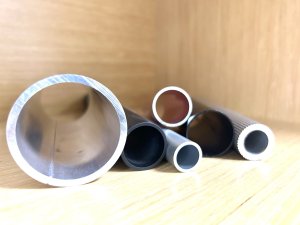
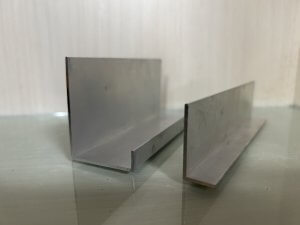
contact us


